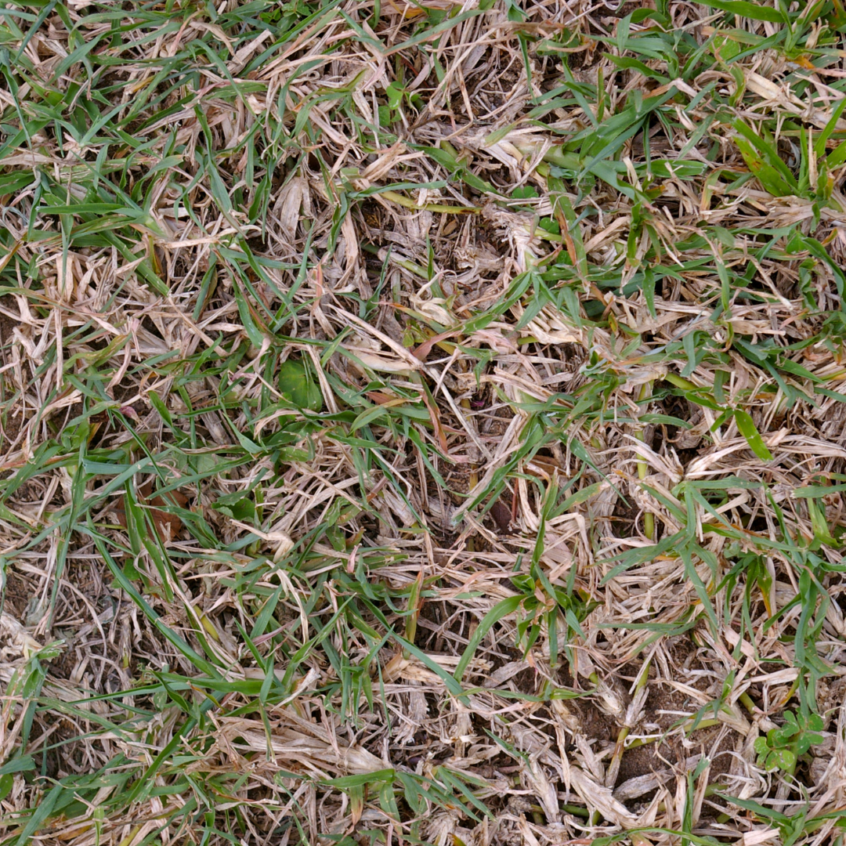The Lake Conroe area has enjoyed some rainfall since my last article on proper lawn care during a drought. However in spite of the rain, the drought conditions have gotten worse. According to the US Drought Monitor, Montgomery County is in a severe drought. The western part of neighboring Grimes County has entered an extreme drought.
Two weeks ago, we discussed purposeful watering in the article, “Protect Your Lawn During a Drought.” Today I want to continue discussing lawn care tips, except this time focusing on not stressing your lawn, mowing correctly, and allowing some grasses to go dormant.
Don’t Stress the Lawn
Drought conditions can be brutally hard on your lawn. If you have any projects you wanted to do this summer, delay them. You don’t want to do anything that will potentially stress out your grass. Additionally, don’t fertilize your lawn either. Nitrogen-based fertilizer needs cooler temperatures and it is clearly too hot to fertilize. Even though you might want to spring into action to save your grass, for its sake don’t add any stress to your lawn. Besides watering wisely, leave your grass alone.
Deliberate Mowing
Obviously, you will not have to mow the lawn as much as usual during a drought. However, if you have to cut the grass, set the height of the blades no less than 3 inches. 4 inches would actually be better. Make sure your mower blades are sharp. Dull blades “tear at the grass, forcing it to use 40–60% more water to recover.” Also allow the grass clippings to remain on the lawn instead of bagging up the cuttings. They will act as mulch and help retain moisture, which is exactly what your lawn needs and craves.
Dormancy can Help
With high temperatures and little rain creating drought conditions, Bermuda grass and Zoysia varieties can go dormant. According to Texas A&M AgriLife, this actually helps the grass survive. However, most homeowners have St. Augustine grass. Unfortunately this grass does not go into dormancy easily. Therefore during a prolonged drought, you are likely to have to replace it in spots as needed. But if your grass does go dormant, then its roots are still alive. It should recover.
The drought conditions in Texas are likely to get worse before they improve. Therefore, it is important to follow these tips in addition to properly watering the lawn. Do whatever you can to save your lawn. Of course, pray for rain.

